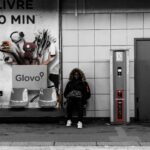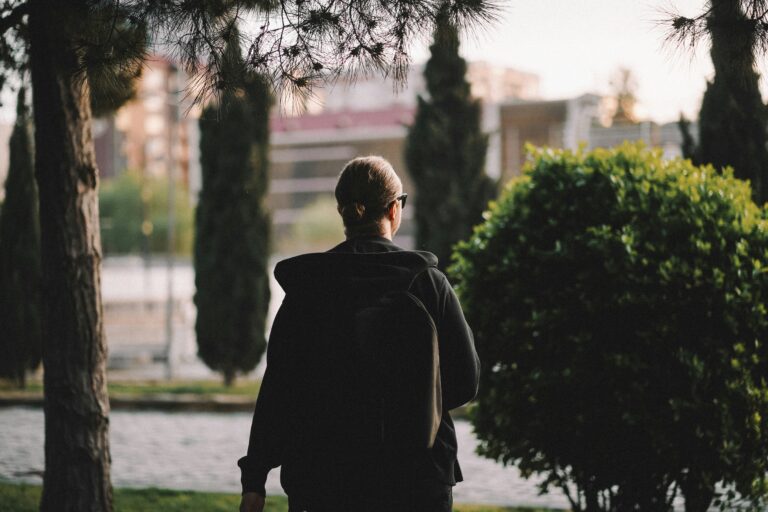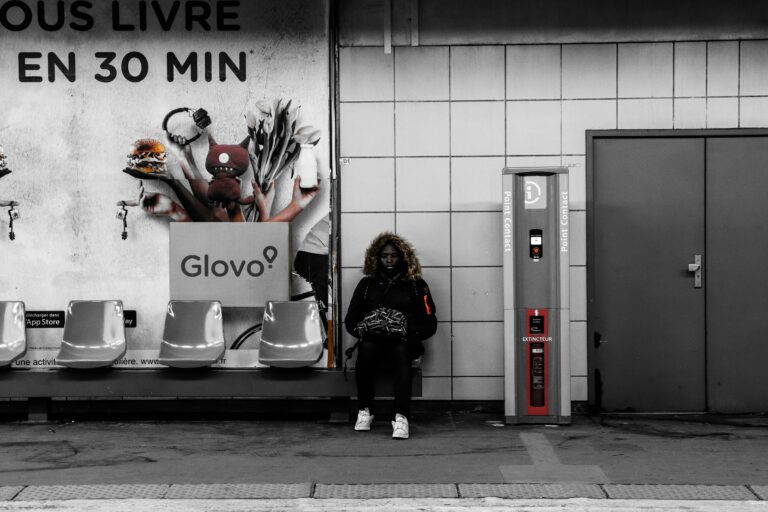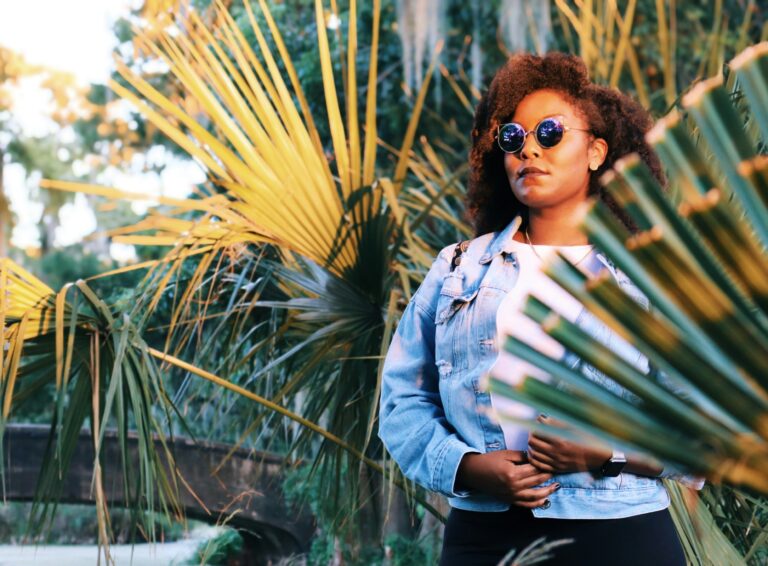Discover how to build the perfect clothing color palette using expert color theory, wardrobe planning tools, and palette generators. Includes a color analysis wheel, matching calculators, and 20+ pro FAQs.
Find Your Perfect Clothing Color Palette: Expert Guide to Color Matching, Wardrobe Planning & Analysis Tools
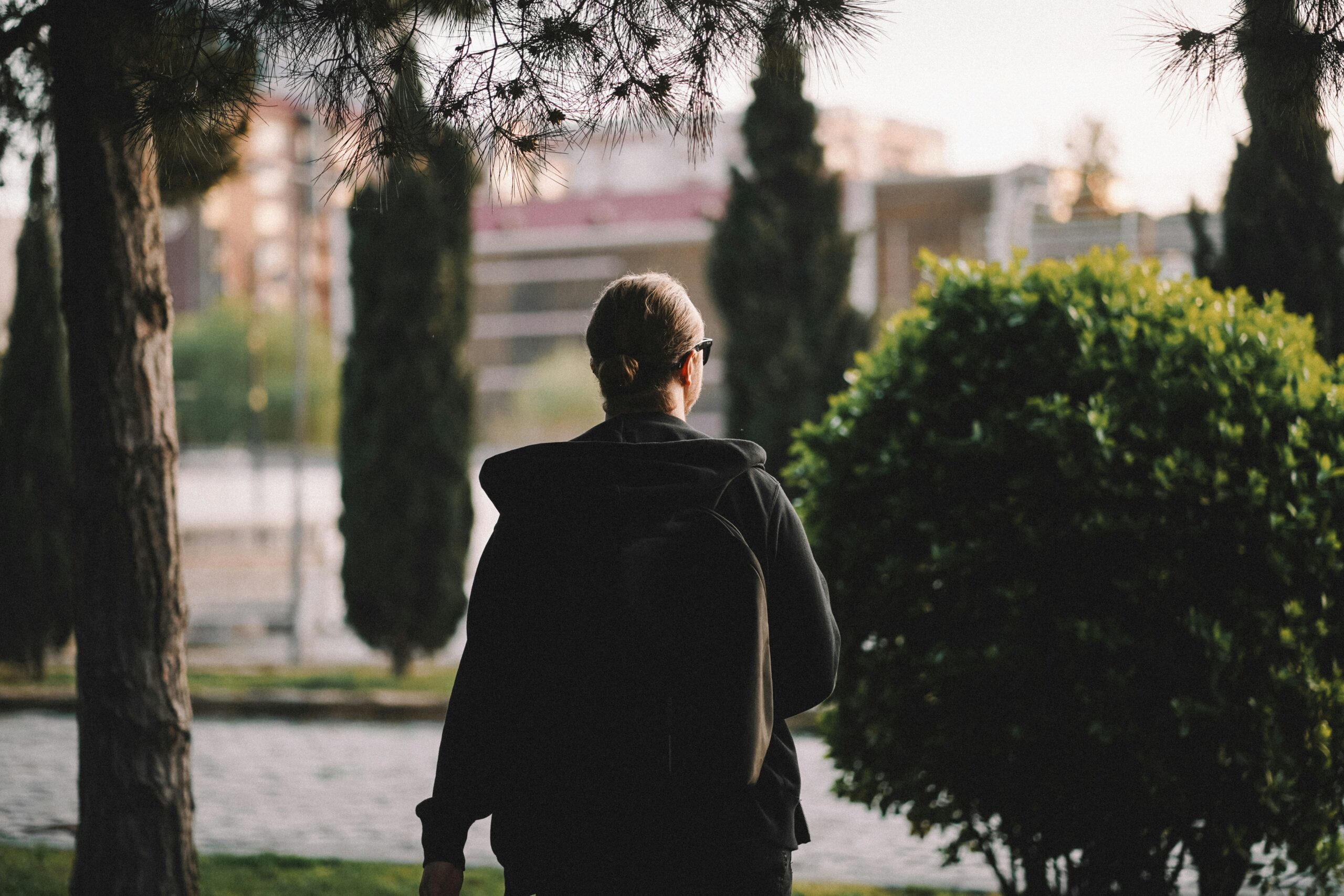
Discover Your True Colors: A Real Guide to Clothing Color Palettes That Work
Most people know when a color looks off on them. Maybe it washes out your complexion. Maybe it clashes with your undertone. But ask someone why—and you’ll likely get a shrug.
In 2025, finding your personal color palette isn’t just a matter of taste—it’s a data-backed, wardrobe-transforming decision. With AI-powered tools, capsule wardrobe logic, and personalized color analysis wheels, we now have ways to actually quantify what colors make us look our best—and wear them confidently.
This guide is for real people, not stylists. If you’ve ever stood in front of your closet wondering why nothing looks right, or you keep buying trendy colors that never feel you, you’re in the right place.
Contents
- 1 Why Clothing Color Palettes Matter More Than Ever in 2025
- 2 What Is a Clothing Color Palette?
- 3 How to Build a Clothing Color Palette That Actually Works
- 4 Tools That Help You Nail Your Color Palette
- 5 Common Mistakes to Avoid
- 6 Real-Life Use Case: Building a Travel Capsule With Color Theory
- 7 FAQs on Clothing Color Palettes & Analysis
- 8 Final Thoughts: Find Colors That Make You Feel Like You
Why Clothing Color Palettes Matter More Than Ever in 2025
We’ve entered an era of intentional dressing. As minimalist wardrobes, personal branding, and AI-driven shopping assistants gain traction, understanding your color palette is no longer optional—it’s essential.
Here’s why:
- Color choices affect perception. Certain colors make us appear more energetic, trustworthy, or sophisticated.
- Streamlining saves money. When your closet revolves around a harmonious palette, every piece becomes wearable.
- Digital tools are finally good. Free color palette generators and color analysis wheels have become more accurate thanks to AI.
What Is a Clothing Color Palette?
A clothing color palette is a cohesive range of hues—neutrals, accents, and base tones—that complement your skin tone, undertone, and personal style. It’s your visual language.
Think of it like this:
- Neutrals (e.g., black, beige, navy) = backbone
- Accent colors (e.g., rust, jade, mustard) = personality
- Seasonal hues (e.g., pastel pink for spring, burnt orange for fall) = depth
A solid color palette makes outfit coordination intuitive and helps eliminate buying colors that gather dust in your closet.
How to Build a Clothing Color Palette That Actually Works
Start With Your Undertone: Cool, Warm, or Neutral
To find your ideal colors, first determine your skin undertone:
- Cool undertones: Look best in jewel tones, icy blues, emeralds, and pinks.
- Warm undertones: Shine in earthy tones like olive, terracotta, mustard, and gold.
- Neutral undertones: Versatile; can wear both warm and cool palettes.
Use a Color Analysis Wheel
A color analysis wheel helps categorize people into four main seasonal types: Spring, Summer, Autumn, and Winter—each with its own palette.
Quick Breakdown:
- Spring = warm, clear, light (peach, ivory, coral)
- Summer = cool, soft, light (lavender, dusty rose, light grey)
- Autumn = warm, rich, muted (camel, rust, olive)
- Winter = cool, vivid, high contrast (black, navy, magenta)
Try Capsule Wardrobe Palette Planning
A capsule wardrobe color palette usually includes:
- 2–3 neutrals
- 1–2 base colors
- 2–3 accent colors
Example:
For a Soft Autumn: camel (neutral), rust (base), olive & eggplant (accents)
Tools That Help You Nail Your Color Palette
1. Color Palette Generator for Clothing
Use tools like:
- Coolors.co (manually refine)
- Colorwise.me (fashion-focused analysis)
- Cladwell App (AI capsule wardrobe planner)
These tools use algorithms to recommend shades based on your photo, location, or style mood board.
2. Capsule Wardrobe Color Palette Generator
This niche tool recommends palettes specifically for wardrobe building. Try:
- StyleBook (iOS)
- Color Guru
- Wishi personal stylists
3. Color Scheme Calculators
Color calculators, like Paletton or Adobe Color, offer:
- Analogous schemes for subtle harmony
- Complementary schemes for bold contrasts
- Triadic schemes for color blocking
4. AI Tools for Color Analysis
In 2025, apps like Hue Analysis Pro and MyBestColors AI scan your selfies and recommend entire color palettes based on:
- Eye color
- Hair shade
- Background lighting
Common Mistakes to Avoid
- Assuming trendy = flattering. Pantone’s Color of the Year might not suit your undertone.
- Wearing too many clashing brights. Even bold palettes need structure.
- Ignoring neutrals. A wardrobe without grounding shades becomes chaotic fast.
- Copy-pasting influencer palettes. Their palette works for them, not you.
Real-Life Use Case: Building a Travel Capsule With Color Theory
Let’s say you’re packing for a 10-day Europe trip.
Instead of random pieces, you:
- Pick camel and navy as your neutrals.
- Choose burgundy and forest green as accents.
- Use a color generator to verify the mix.
Result: every top matches every bottom. Your outfits rotate effortlessly, and you feel confident in every photo.
FAQs on Clothing Color Palettes & Analysis
1. What is a clothing color palette generator?
It’s an online tool or app that recommends color combinations based on skin tone, style, or seasonal preferences.
2. How do I know my best clothing colors?
Use a color analysis wheel or upload a photo to AI tools like Colorwise.me to get an accurate breakdown.
3. What if I like a color that doesn’t suit me?
Use it in accessories (bags, shoes, jewelry) or keep it away from your face.
4. Can my color palette change over time?
Yes. Hair color, age, and tanning can shift your ideal tones slightly.
5. Are neutral palettes boring?
Not at all—pairing well-chosen neutrals with textured fabrics can be incredibly chic.
6. What is the 3-color wardrobe rule?
Stick to 3 core shades for a tightly coordinated closet. Expand only when needed.
7. Can I mix warm and cool tones?
If done intentionally, yes. But be cautious—it requires balance and layering skill.
8. How accurate are AI color palette generators?
Increasingly accurate, but human nuance still matters. Use as a guide, not gospel.
9. What’s a capsule wardrobe color palette?
A curated selection of 5–8 colors that all mix and match seamlessly.
10. What if my favorite color doesn’t flatter me?
Try wearing it on the lower half (pants, skirt) or incorporate it in prints.
11. Is black universally flattering?
Not always. Winters tend to pull it off best. Soft Summers might look better in charcoal or navy.
12. Can I wear all pastels?
Only if you’re a Spring or Summer type. Others can balance pastels with darker or earthy tones.
13. How does lighting affect color perception?
Warm lighting makes cool tones look dull; daylight is best for accurate color judgment.
14. What are some good online color palette finders?
Coolors, Paletton, Color Hunt, and Adobe Color are all great.
15. Is it okay to wear colors outside my seasonal type?
Yes—just adjust the shade (e.g., cooler version of red for Summers).
16. How many colors should I have in my wardrobe?
Experts recommend around 5–8 to start—then slowly expand with intention.
17. What’s the difference between a color scheme and a palette?
A scheme refers to how colors relate (complementary, analogous), while a palette is the set you choose.
18. Why do I look pale in some colors?
That color likely doesn’t match your undertone—it drains warmth or contrast from your skin.
19. What color palette works for workwear?
Stick to neutrals (black, grey, navy) with 1–2 subdued accent colors (burgundy, teal).
20. Are there free color palette apps?
Yes. Try Color Picker, Palette Cam, or ColorViewFinder on iOS/Android.
21. What is a color tone chart?
It visually displays hues by lightness and saturation, helping you understand depth and brightness of shades.
22. How do I build a capsule wardrobe using color theory?
Choose your best neutral, 2 bases, and 2 accents. Confirm harmony using a color calculator.
Final Thoughts: Find Colors That Make You Feel Like You
You don’t need a fashion degree to understand what works for you—you need structure, tools, and reflection.
Using color theory doesn’t mean limiting creativity—it unlocks clarity. With a personalized palette, you’ll spend less time second-guessing your outfits and more time wearing pieces that feel like you.
Now it’s your turn:
Upload a photo to a color analysis tool. Identify your top five shades. And build your style from a palette that gets you.

Shikha Singh
Keep in touch with our news & offers
Subscribe to Our Newsletter
Thank you for subscribing to the newsletter.
Oops. Something went wrong. Please try again later.
